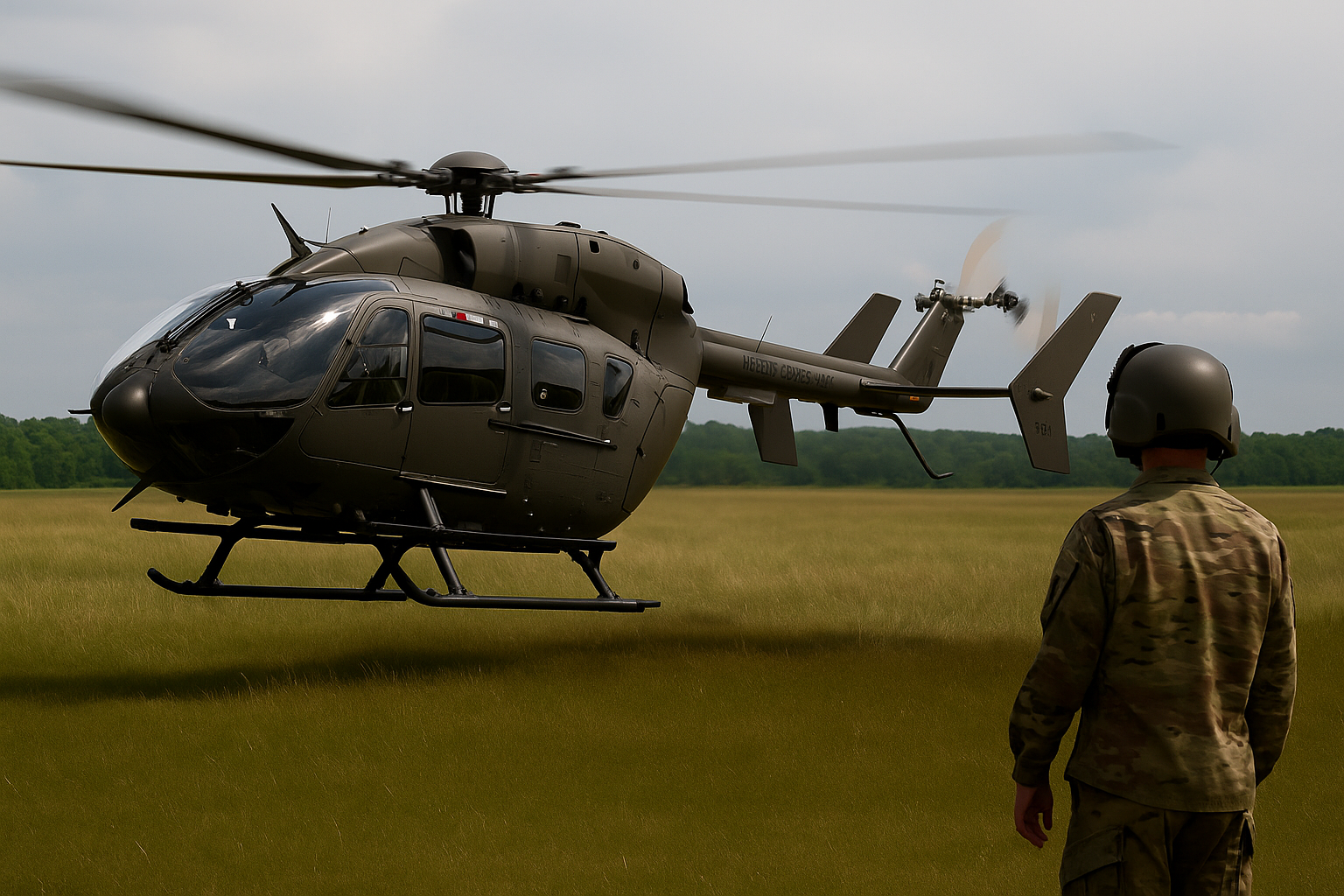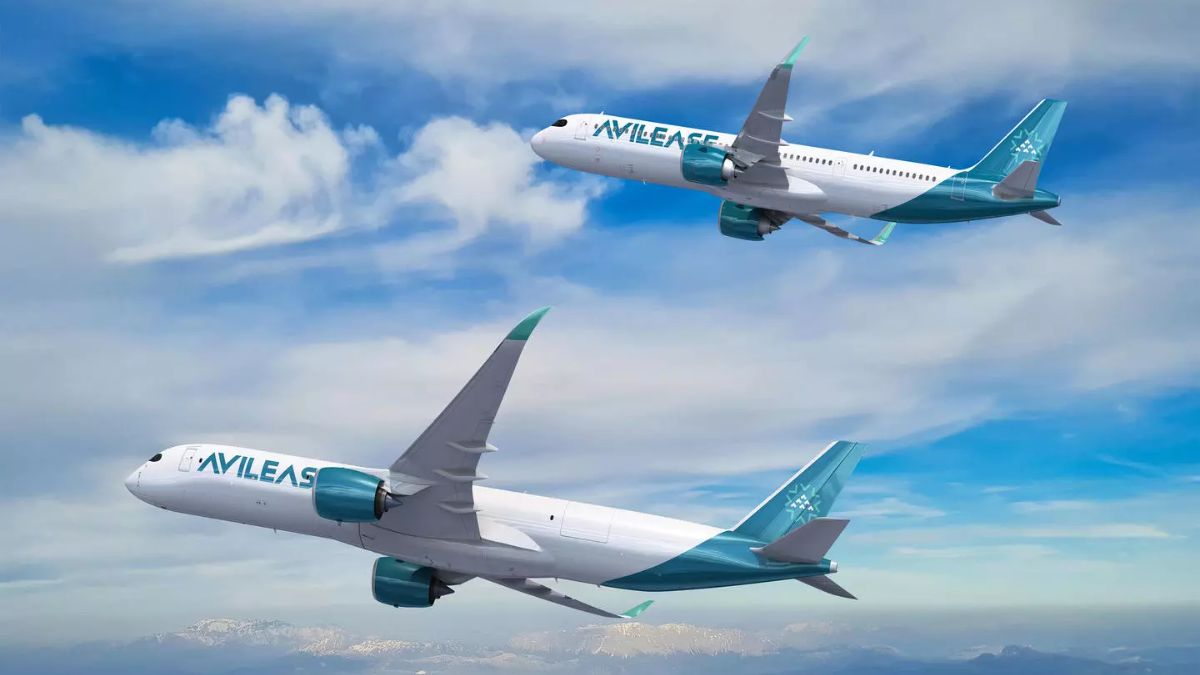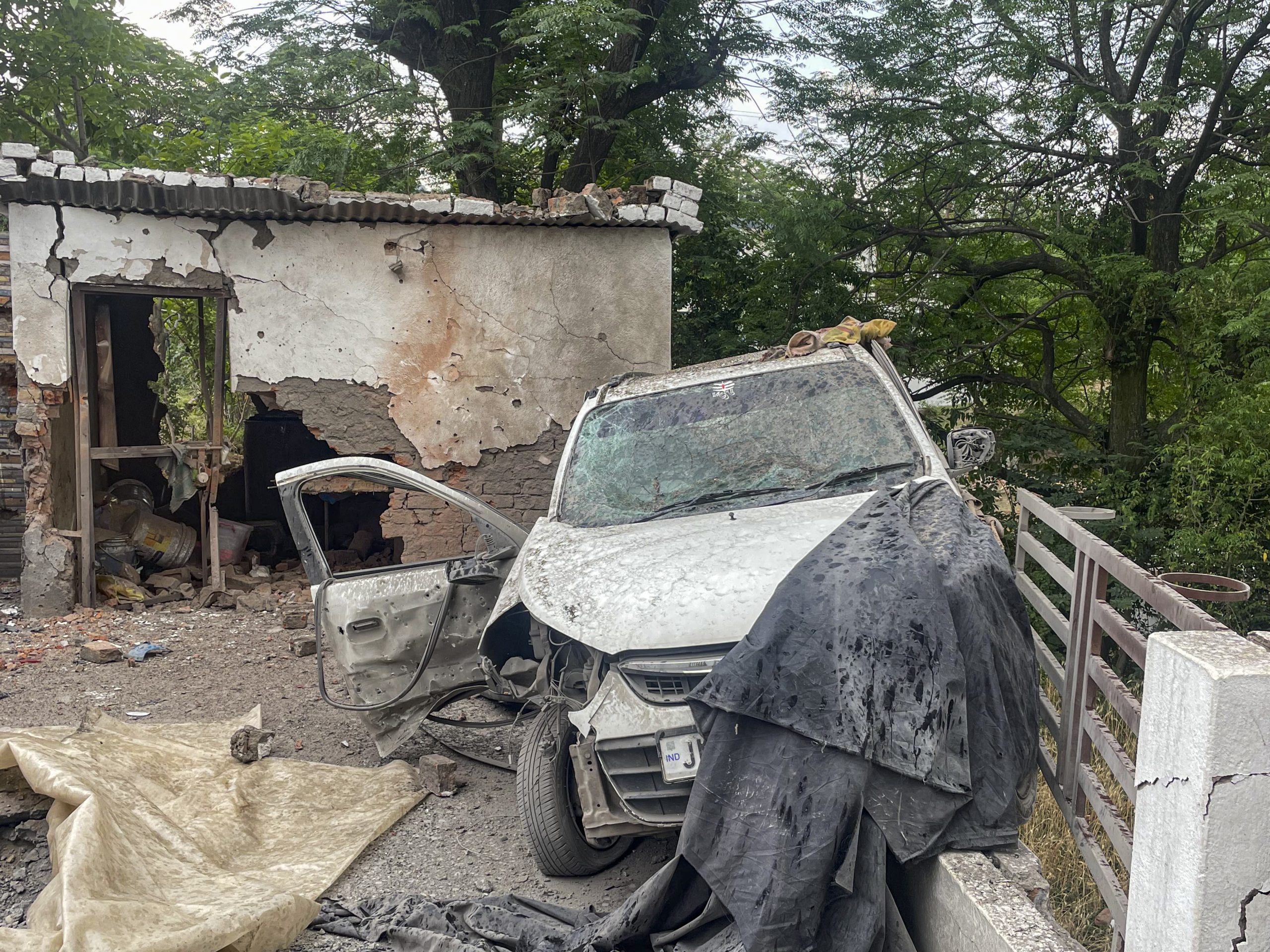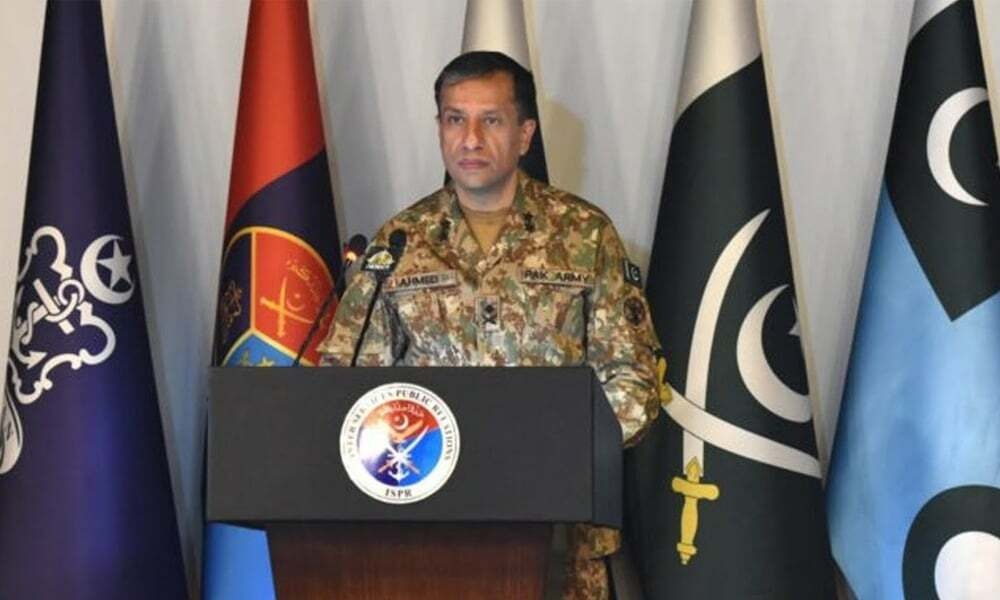Back to Basics: US Army Revamps Pilot Training After Deadly Crashes

The United States Army is embarking on a significant overhaul of its pilot training programme following a series of fatal aviation accidents over recent years. Central to this revamp is the replacement of the current basic training helicopter—the Airbus-manufactured LUH-72A Lakota—with a simpler and less expensive single-engine helicopter. Additionally, the Army is considering a transition to a contractor-owned-and-operated (COCO) training model.
Major General Clair Gill, Commander of the Army Aviation Centre of Excellence Command (AACE), highlighted the urgency of this initiative, remarking, “I think I have one sacred responsibility, and that is to deliver competent aviators to the government. I’m not sure that I’m doing that in spades right now.”
Why is the US Army replacing the Lakota helicopter?
The US Army decided in 2013 to replace its simpler TH-67 training helicopters with the LUH-72A Lakota due to budgetary constraints under congressional sequestration mandates. However, concerns emerged regarding the Lakota’s complexity and operational costs. Maj. Gen. Gill explained that the Lakota’s sophisticated automated flight control system overly simplifies basic flying skills, preventing students from adequately learning essential control techniques. Maintenance challenges and higher operational costs—nearly $3,000 per flight hour, almost equivalent to the UH-60 Black Hawk—have further accelerated the decision to phase out the Lakota.
How will the US Army’s new training approach improve safety and proficiency?
The revamped training approach emphasises developing fundamental stick-and-rudder skills critical for safe and proficient aviators. The US Army is piloting a new training scheme with Robinson Helicopter using the R66 helicopter in Gainesville, Florida. This programme involves FAA-standard private pilot training, including five solo flight hours to cultivate unsupervised flight experience.
David Smith, CEO of Robinson Helicopter, noted, “The need for better stick and rudder skills is at the core of both battle readiness and even just safety.” The simpler R66 helicopter significantly reduces costs, with flight hour expenses expected to be between $500 and $1,300, substantially less than those of the Lakota.
What role will contractors play in the US Army’s new training model?
The US Army is strongly considering a COCO model, which would shift responsibilities such as fleet maintenance, instructor recruitment, and flight hours management to civilian contractors. Maj. Gen. Gill noted the advantage of this model, stating, “The brilliance of the COCO model is that it’s not my thing to worry about. Now all I say is, ‘I want 1,350 pilots at the end of the year; you figure out how.’” Companies including Robinson Helicopter, Bell Textron, and Lockheed Martin have expressed interest in providing turnkey solutions.
The US Army, currently spending about $1.5 billion annually on its flight school, plans to issue a draft request for proposals this month, aiming for implementation by early fiscal 2027.







